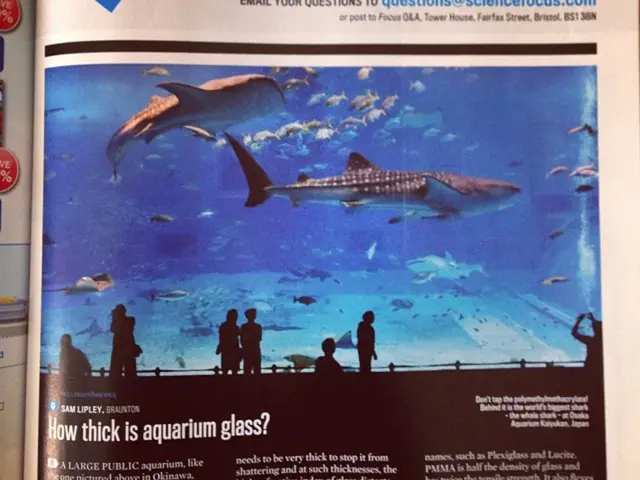SpaceX intends to create a Starlink equivalent for Mars, named Marslink.
SpaceX has unleashed countless satellites into Earth's orbit and now has its sights set on Mars. The corporation is advocating for a Marslink constellation to NASA, inspired by its Starlink design, aimed at providing communication for future missions to the red planet.
During a recent gathering of the Mars Exploration Program Analysis Group, NASA unveiled three communication network proposals for Mars' orbit, according to Spaceflight Now. Among these was a Marslink constellation proposal, described as "Multiple SpaceX satellites positioned in Mars orbit to ensure comprehensive coverage and compatibility for ground and orbital assets."
Prior to this event, SpaceX had launched its 7,000th Starlink satellite into orbit, as part of its expanding internet constellation. Currently operational in 102 countries, SpaceX is looking to expand its satellite network even further. With a vision to construct a colossal constellation of 42,000 satellites in low Earth orbit, there's no surprise that the company aims to extend its satellite network beyond this planet.
Elon Musk, SpaceX's founder and CEO, maintains a fascination with Mars, harboring plans to dispatch human crews to the Red Planet and ultimately establish permanent settlements there. It's natural, therefore, that SpaceX would aspire to expand its satellite network to this alien world.
The NASA presentation unveiled two additional communication network proposals from Blue Origin and Lockheed Martin. Blue Origin proposed using its Blue Ring orbital tug, an innovative device capable of hosting, transporting, refueling, relaying data, and providing logistical support, along with in-space cloud computing. The company is gearing up to test the Blue Ring as part of the DarkSky-1 (DS-1) mission, sponsored by the Pentagon's Defense Innovation Unit. The specific launch date, however, remains undisclosed.
Lockheed Martin, for its part, put forward the use of MAVEN (Mars Atmosphere and Volatile EvolutioN), a NASA spacecraft manufactured by Lockheed Martin. Launched in 2013, MAVEN was designed to study Mars' atmospheric depletion. In order to facilitate communication, the MAVEN spacecraft would be moved into a communications orbit, operating as a new node in NASA's Deep Space Network.
The presentation suggests that NASA will rely extensively on commercial partners for future Mars exploration, aiming to utilize private companies to help build a long-term, sustainable human presence on the Red Planet.
In addition, NASA is also working on developing its own laser-based communication systems for deep-space destinations. The space agency is experimenting with optical communication systems that can transmit data using photons of light. The journey to Mars might just be half the battle; establishing an infrastructure capable of supporting future human missions to the Red Planet is the challenge that awaits.
The SpaceX-inspired Marslink constellation, featuring multiple satellites in Mars orbit for comprehensive coverage and asset compatibility, aligns with Elon Musk's vision of expanding SpaceX's satellite network to Mars, aiming to support future communication needs in the red planet's exploration. NASA's pursuit of laser-based communication systems for deep-space destinations, such as Mars, highlights the importance of advanced science and technology in overcoming the challenges of establishing a sustainable human presence in the future.








